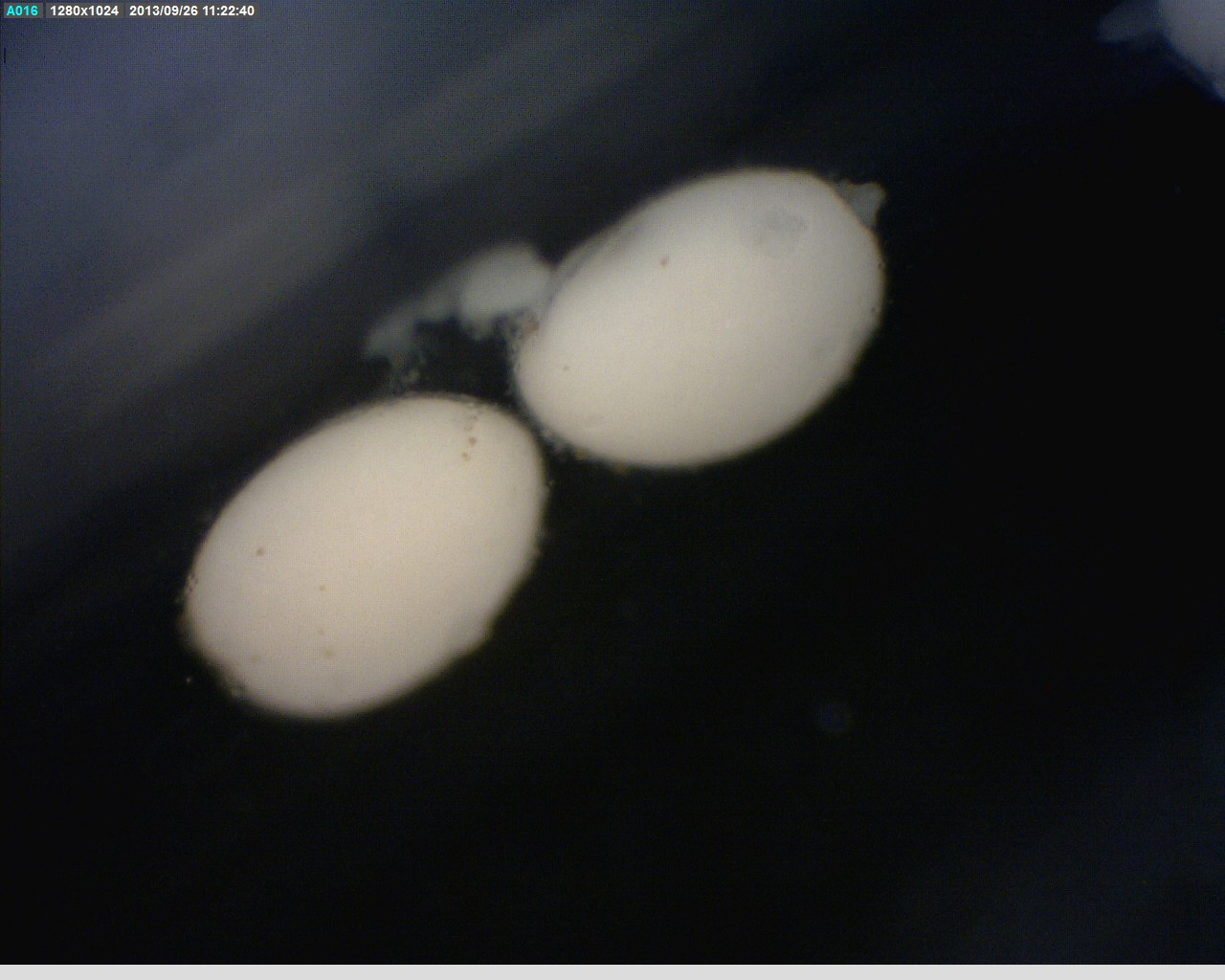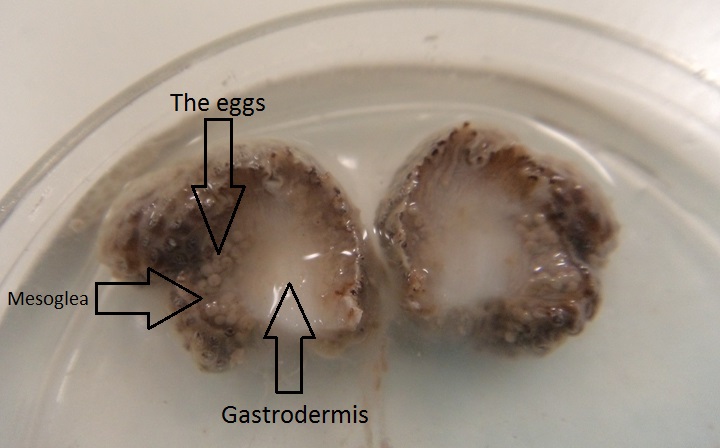Reproduction and Propagation
The reproductive biology of most soft coral species are poorly known as studies are less conducted on soft corals compared to the hard corals. The current knowledge of soft coral reproduction is limited and only includes the reproductive morphology on mostly tropical species (Simpson, nd). The soft corals exhibit both asexual and sexual reproduction. However, current studies show that asexual reproduction is more common in soft corals. Various types of asexual reproduction occur in the soft corals which include simple fission, reattachment of colony fragments and parthenogenesis (Benayahu and Loya 1985; Walker and Bull 1983; Hartnoll, 1975). The population growth rate of these asexual reproduced soft corals is revealed to be greater as colonization is more rapid and thus will allow a quick recover from disturbance (Benayahu and Loya, 1987).
Sexual reproduction in soft corals occurs in two ways, broadcast spawning which fertilization and development occurs in the water column or fertilization and brooding of embryos takes place internally or externally on the maternal colony (Simpson, nd). Majority of the soft coral species that reproduce sexually are gonochoristic which means separate sexes, however hermaphroditism (both sex in an individual) was also recorded in some soft corals. According to Coll et al. (1995), broadcast spawning is the most common strategy used by the Alcyoneans to sexually reproduce whereas brooding occurs mostly in the gorgonian type of corals. The broadcast spawning soft coral colonies tend to partake in synchronized mass spawning events to decrease predation pressure and in turn increase reproductive success rate (Alino and Coll, 1989).
Project 2:
Forced spawning of eggs in Cladiella pachyclados and the observation of eggs extracted.
Hypothesis: Desiccation of the colony and insertion of potassium chloride into the environment may force the coral to spawn and the eggs that will be excreted will be observed.
Methods:
1. Two colonies are placed in separate aquariums with one aquarium filled with sea water until the coral is submerged in it and the other is empty.
2. Approximately 4g of potassium chloride is added into the filled sea water aquarium and left in a room temperature area.
3. The other colony that is placed in the empty aquarium is left under the sun for approximately 2 hours.
4. The desiccated individual is then brought in and submerged in sea water for 2 hours.
5. Observations are made and evaluated.
Results:
Slight spawning is observed in the first aquarium which the colony is immersed in sea water with potassium chloride. However, no spawning has occurred in the desiccated treatment. The eggs excreted in the first treatment appear to be oval shaped and white in colour (shown in the picture below).

Discussion:
According to studies done by Horridge (1956), potassium ions act as a chemical stimulation to the soft corals. It triggers a slow response of the polyps and causes the colony to spasm and eventually relaxes and paralyze due to the hyperactivity of the cilia. Although under a calm and insensitive state, the muscles continue to contract and push the eggs out through the wide open polyps and thus force spawning occurs. Only eggs were found to be excreted but no sperm was released. This can be explained by the studies which demonstrate that C. pachyclados undergoes a broadcast spawning reproductive strategy and has separate male and female reproductive structures (Simpson, nd). Therefore, it is unable to show any fertilization and larval development occasion. This may act as a stepping stone for further research to be held on the reproductive biology of C. pachyclados. The desiccation treatment is not successful in forcing the colony to spawn can be explain by the insufficient time for the colony to be paralyze to trigger spawning.
Due to the evidence that eggs are found in the experiment, few small projections of different individual were dissected through the middle to examine the position of the eggs. As seen in the picture below, the eggs appear to be white and big in size. They are mostly embedded in the mesoglea and a greater quantity is found to be concentrated at the base compare to other parts of the projection. When the projection is sliced through, eggs that are readily released into the environment are hypothesized to be mature eggs. Whereas the immature eggs mostly stay in sacs of few and firmly embedded in the mesoglea are not easily acquired.

|